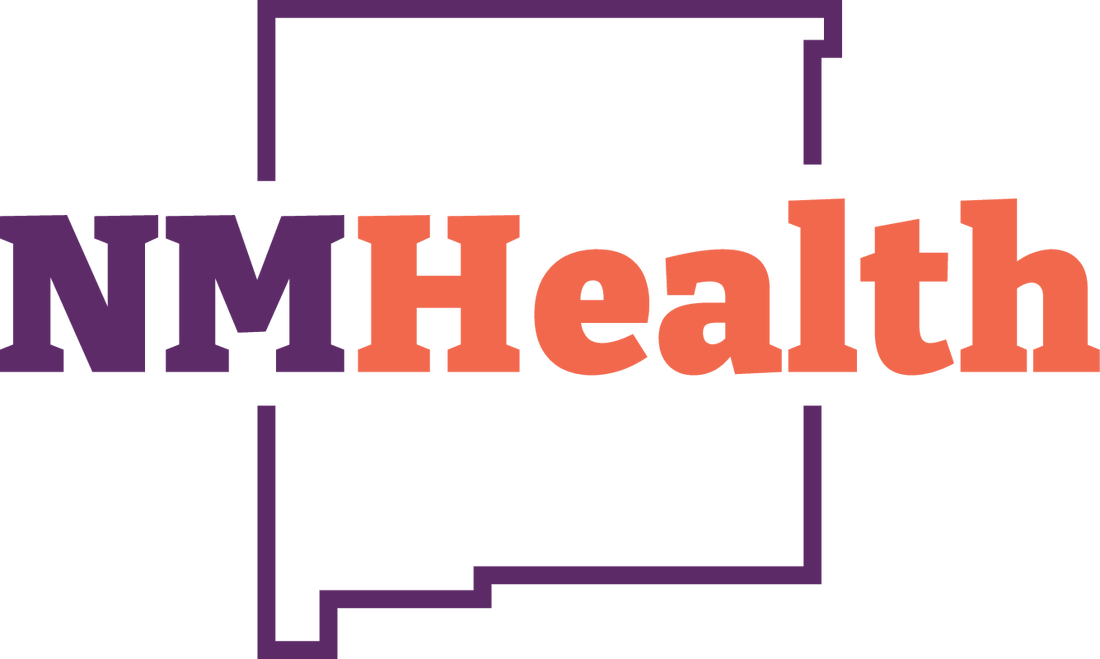Children’s Medical Services
Publications
 Risk Factors for Hearing Loss
Children's Medical Services - General
December 14, 2012
Risk Factors for Hearing Loss
Children's Medical Services - General
December 14, 2012
Provides a comprehensive list of risk factors that are associated with permanent congenital, delayed onset or progressive hearing loss in childhood.
 Screener Competencies
Children's Medical Services - General
December 14, 2012
Screener Competencies
Children's Medical Services - General
December 14, 2012
Describes the competencies and skills required by all newborn hearing screeners.
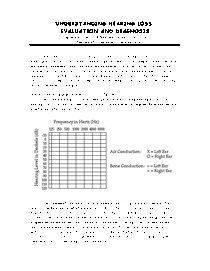 Understanding Newborn Hearing Screening Diagnosis
Children's Medical Services - Help
December 14, 2012
Understanding Newborn Hearing Screening Diagnosis
Children's Medical Services - Help
December 14, 2012
When a hearing loss is first diagnosed, the test results may seem confusing. Although hearing loss is often described as a percentage, it is too complex to describe with one number. Remember, also, that determining how your child uses, or will use, his or her residual hearing is a process.
 Why Physicians Check Newborn Hearing Screen Status & Provide Needed Follow Up
Children's Medical Services - Help
December 14, 2012
Why Physicians Check Newborn Hearing Screen Status & Provide Needed Follow Up
Children's Medical Services - Help
December 14, 2012
This document explains why physicians check newborn hearing screen status and provide needed follow-up.
 Script for Talking to Parents
Children's Medical Services - Help
September 5, 2012
Script for Talking to Parents
Children's Medical Services - Help
September 5, 2012
This script helps healthcare providers to talk to parents in English and Spanish about a variety of situations including informing parents of the screen, explaining passing and not passing, inconclusive results or could not screen, passing and not passing with risk factors for hearing loss, and does not pass.
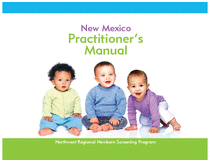 Newborn Screening Practitioner's Manual
Children's Medical Services - Help
September 29, 2011
Newborn Screening Practitioner's Manual
Children's Medical Services - Help
September 29, 2011
This manual provides a wealth of information for the newborn screening practitioner including screening essentials, conditions included in the screening panel, summary of conditions, criteria for requesting follow-up specimens, screening practices, recommendations for specimen collection, unsatisfactory specimens, reporting results, problems in screening practice, educational services, fees and screening kit information, exemptions, and more.
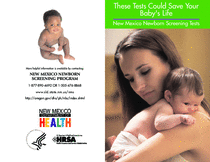 Newborn Screening Brochure
Children's Medical Services - Marketing
April 1, 2010
Newborn Screening Brochure
Children's Medical Services - Marketing
April 1, 2010
This helpful brochure explains how genetic tests could save your baby’s life. It covers why babies need newborn screening tests, how the testing is performed, how you will get the results, why some babies need more testing, where you can ask questions, and more.
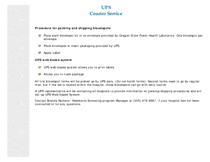 Newborn Screening Packing & Shipping Procedure
Children's Medical Services - Help
April 1, 2010
Newborn Screening Packing & Shipping Procedure
Children's Medical Services - Help
April 1, 2010
This procedure explains how to pack and ship blood spots to the newborn screening program.
